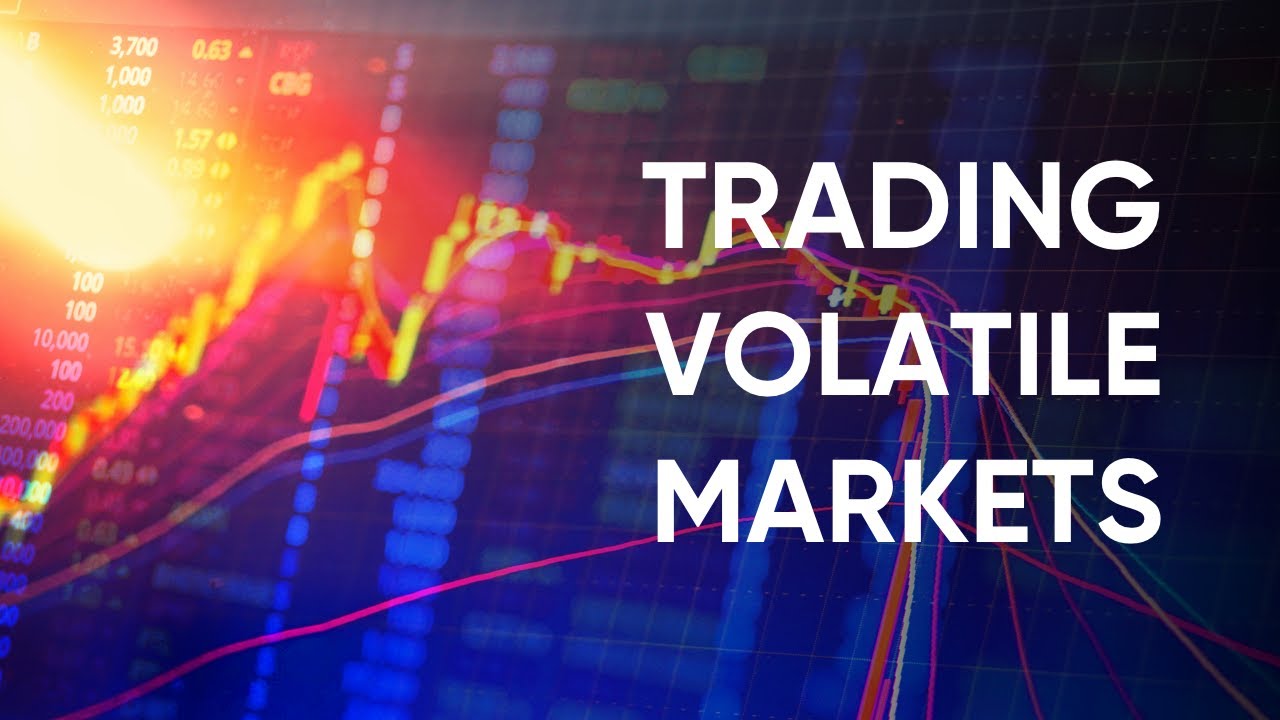In the modern financial landscape, few phenomena have captured global attention quite like cryptocurrency. What started as an experimental digital form of money has transformed into a full-fledged economic revolution — a digital gold rush that has drawn in investors, innovators, and dreamers from every corner of the globe. Yet beneath the surface of price spikes, viral tweets, and media hype lies a complex ecosystem governed by patterns — both human and algorithmic — that shape the flow of money and emotion across the crypto world. To truly understand this digital gold rush, one must look beyond the glitter of quick profits and delve into the hidden patterns that define the crypto market.
The Rise of the Digital Frontier
The term “digital gold” isn’t just a catchy nickname for Bitcoin. It reflects a deeper truth about the cryptocurrency revolution — scarcity, decentralization, and the human desire for freedom from traditional systems. When Bitcoin emerged in 2009, it introduced a radical idea: a peer-to-peer financial system that operated without banks or governments. This innovation, built on blockchain technology, laid the foundation for a decentralized economy where value could move freely across borders.
Early adopters saw this as a chance to rewrite the rules of finance. Just as the gold rush of the 19th century drove thousands to new frontiers in search of fortune, the 21st-century digital gold rush drew a new generation of miners — only this time, the picks and shovels were GPUs and code.
But unlike physical gold, the crypto market is fueled by something even more elusive: information. And within that flow of data, patterns — price cycles, investor behavior, network growth — hold the key to understanding why the crypto market behaves the way it does.
The Psychology Behind the Hype
Every bull run, crash, or meme coin frenzy traces back to one fundamental truth: the crypto market is deeply human. While algorithms may execute trades in microseconds, the emotional rhythm of fear and greed still drives the market’s heart.
When Bitcoin surges, it sparks a wave of optimism. Media outlets amplify the excitement, social networks overflow with success stories, and retail investors rush in, hoping not to miss the next big thing. This herd behavior creates momentum — a pattern that often leads prices to climb far beyond intrinsic value. But when the tide turns, fear spreads just as fast. Panic selling sets in, wiping out billions in market capitalization almost overnight.
These emotional cycles are not random. They are recurring patterns known as market psychology waves — the same phenomena seen in traditional markets for centuries. The difference is that in crypto, the emotional feedback loop is accelerated by 24/7 trading, social media influence, and global participation.
The Cycles of Boom and Bust
To unveil the hidden patterns of the crypto market, one must start with its cyclical nature. Historically, cryptocurrencies have moved in four-year waves — a rhythm linked to Bitcoin’s halving events, when the reward for mining new blocks is cut in half. This mechanism reduces supply, increasing scarcity, and often triggers upward price momentum.
Each cycle typically follows a familiar pattern:
- Accumulation Phase: Prices stabilize after a long bear market. Smart investors quietly accumulate assets.
- Bull Market: Institutional interest grows, retail investors join in, and prices surge exponentially.
- Distribution Phase: Experienced traders begin taking profits as hype peaks.
- Bear Market: The bubble bursts, panic sets in, and prices fall dramatically before stabilizing again.
This pattern, observed across multiple crypto cycles, mirrors natural economic rhythms — expansion, euphoria, correction, and recovery. Understanding these phases allows traders to identify opportunities while avoiding emotional traps.
The Role of Technology and Innovation
Beyond market psychology, technological innovation drives many of the crypto market’s hidden patterns. Each major wave of growth has been fueled by a breakthrough:
- 2011–2013: Bitcoin as a proof-of-concept for decentralized money.
- 2017: The rise of Ethereum and Initial Coin Offerings (ICOs).
- 2020–2021: The explosion of decentralized finance (DeFi) and non-fungible tokens (NFTs).
Each innovation sparks a gold rush mentality, as developers and investors rush to capitalize on new possibilities. But innovation also creates volatility. The rapid emergence of new tokens, platforms, and protocols often outpaces regulation and security, leading to frequent crashes and corrections.
Yet even in chaos, patterns emerge. For instance, when a new technology trend arises — whether NFTs, GameFi, or AI-linked tokens — market participants tend to follow predictable stages: hype, experimentation, correction, and eventual stabilization. Recognizing these waves can help investors distinguish between temporary fads and long-term innovations.
Data Is the New Gold
In the digital gold rush, data mining has replaced traditional gold mining. Blockchain data — transactions, wallet movements, token distribution — offers unprecedented transparency. Every trade, every transfer, every smart contract interaction is recorded on a public ledger. This visibility allows analysts to identify on-chain patterns that reveal investor sentiment and network health.
For example:
- Whale Movements: Large wallet transfers often precede market shifts. When “whales” (major holders) move assets to exchanges, it can signal potential selling pressure.
- Network Activity: A rise in active addresses and transaction volume often correlates with growing adoption.
- Exchange Reserves: Declining Bitcoin reserves on exchanges can indicate accumulation and potential bullish trends.
Modern investors use on-chain analytics tools to uncover these hidden signals, transforming raw data into actionable insights. In this new era, those who can interpret blockchain patterns hold a powerful advantage — just as prospectors with better maps once struck more gold.
The Social Media Effect
In the traditional stock market, news spreads through financial outlets and corporate reports. In crypto, information moves at the speed of a tweet. Platforms like X (formerly Twitter), Reddit, and Telegram play a massive role in shaping market sentiment.
A single influencer’s post can ignite a rally or trigger panic. Meme coins like Dogecoin and Shiba Inu owe much of their success to viral social media campaigns rather than technological innovation. This attention economy creates unpredictable short-term volatility — but even here, patterns exist.
Crypto narratives tend to form in clusters. When one narrative catches fire — for example, “AI coins” or “Layer 2 scaling” — capital flows rapidly toward related projects. As momentum builds, the pattern repeats across cycles, shifting from one theme to another as traders chase the next trend.
Understanding how social media amplifies market psychology helps explain why crypto can move so violently — and why certain assets thrive not because of fundamentals, but because of community energy.
Regulation and the Invisible Hand
Another hidden force shaping the crypto market is regulation — or the uncertainty surrounding it. Governments around the world are still struggling to define how to treat digital assets. This lack of clarity creates both opportunity and risk.
When countries announce favorable policies — such as legalizing crypto payments or approving exchange-traded funds (ETFs) — markets often rally. Conversely, when regulators crack down on exchanges or stablecoins, prices can plunge. This tug-of-war between innovation and control forms a repeating pattern of optimism and fear.
Over time, however, regulation tends to bring maturity. As frameworks become clearer, institutional investors gain confidence, leading to more stable market growth. This gradual transition mirrors historical shifts in other industries, from the early internet to modern fintech.
The Rise of Institutional Influence
The early crypto market was dominated by individuals and small traders. Today, major financial institutions are entering the arena. Hedge funds, asset managers, and even governments now hold crypto assets or build blockchain strategies. Their involvement has introduced new patterns — greater liquidity, but also more correlation with traditional markets.
For example, Bitcoin’s price movements increasingly mirror those of major stock indices during times of global uncertainty. This convergence signals the crypto market’s evolution from an isolated digital experiment to an integrated component of the world’s financial system.
Yet even as institutions join the fray, the decentralized ethos remains intact. Crypto continues to empower individuals, enabling peer-to-peer transactions and financial sovereignty beyond borders. The blend of institutional structure and decentralized freedom defines this new phase of the digital gold rush.
Hidden Patterns in Market Behavior
When we step back and observe, certain repeating themes emerge across every crypto cycle:
- Innovation precedes adoption.
Technological breakthroughs always come before major price surges. - Hype drives liquidity.
Social narratives often lead to short-term market bubbles. - Corrections build resilience.
Every crash eliminates weak projects, paving the way for stronger ones. - Data reveals truth.
On-chain analytics and network metrics often predict moves before they hit mainstream media. - Decentralization remains the core pattern.
Despite volatility, the long-term trend points toward broader adoption and freedom from centralized systems.
Understanding these patterns doesn’t guarantee riches — but it provides perspective. Just as gold miners studied geological formations to find rich veins, crypto investors must learn to read data, sentiment, and innovation trends to uncover digital gold.
The Future: Pattern or Paradigm Shift?
As blockchain technology evolves, the crypto market’s patterns may shift but not disappear. Artificial intelligence is beginning to merge with blockchain analytics, creating predictive models that can anticipate market moves. Decentralized autonomous organizations (DAOs) are redefining governance. And tokenized real-world assets are blurring the lines between digital and physical economies.
In the coming decade, crypto’s hidden patterns may reveal something even deeper — not just market cycles, but a transformation in how humanity defines value, ownership, and trust.
Conclusion: Reading the Digital Terrain
The Digital Gold Rush is far from over. The crypto market remains a dynamic frontier where innovation meets emotion, data meets desire, and technology meets human ambition. Beneath the daily price swings lies a living system of interconnected forces — psychological, technological, social, and regulatory — all weaving patterns that shape the future of global finance.
For those willing to study these patterns, patience replaces panic, and understanding replaces speculation. Like the pioneers who once crossed deserts in search of fortune, today’s digital explorers are navigating a new kind of landscape — one built not of earth and stone, but of code and connection.
In this brave new world, those who can read the patterns won’t just find wealth — they’ll uncover insight into the very fabric of our digital age.









